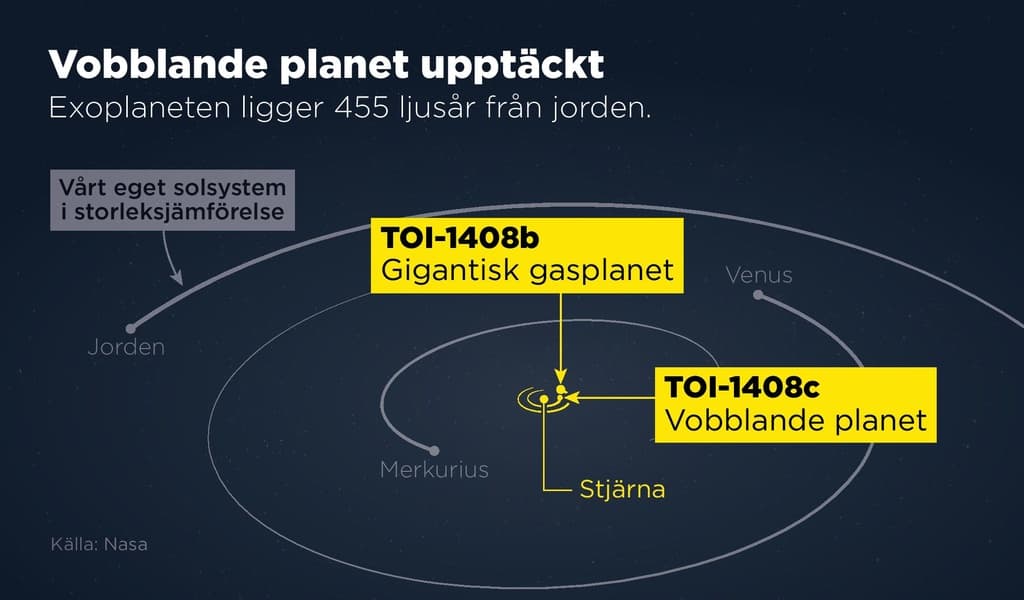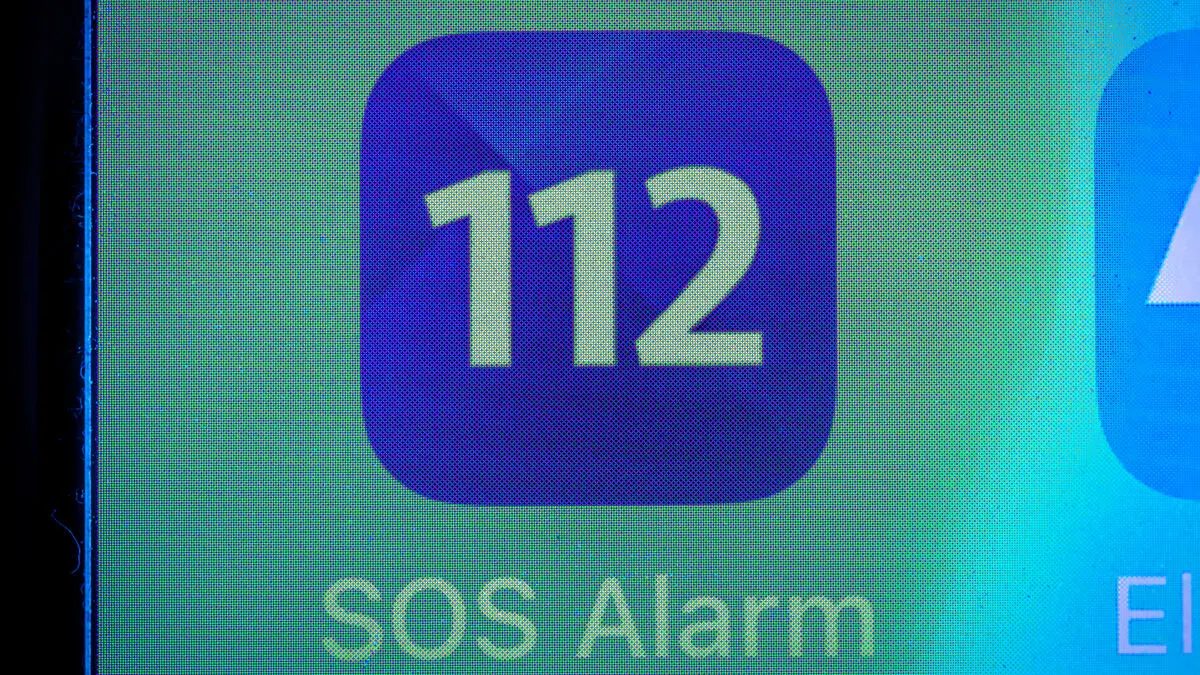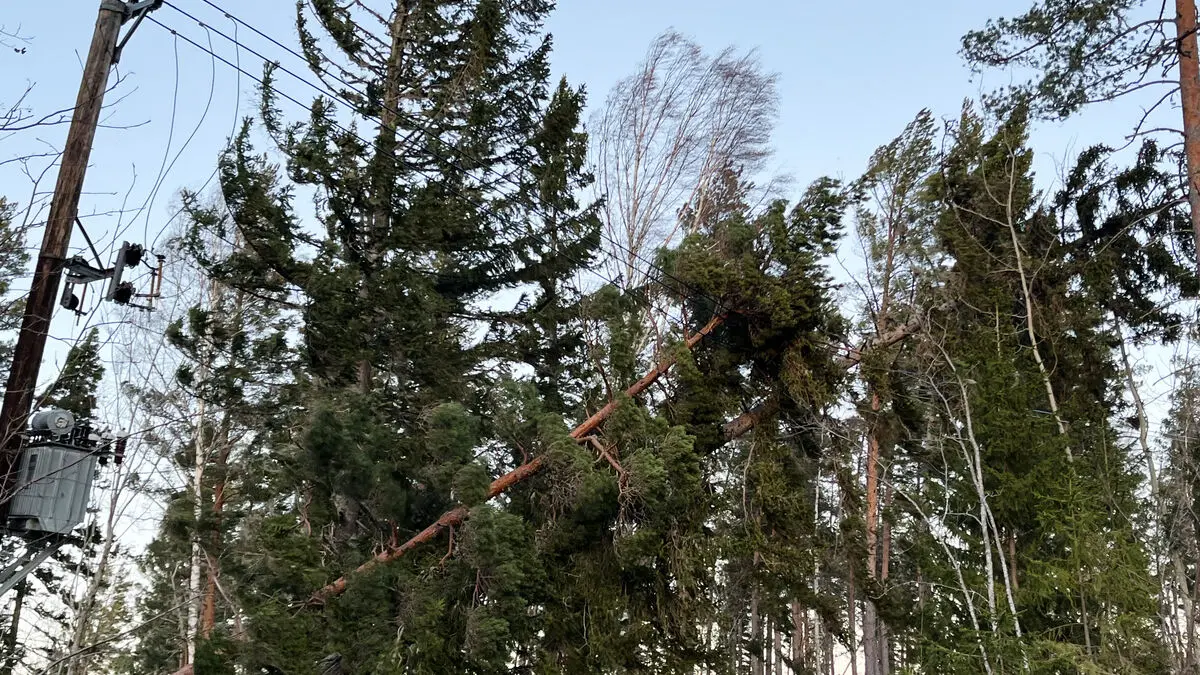The newly discovered planet, which has been named TOI-1408c, has a mass equivalent to seven Earths and orbits its star in approximately two days.
With emphasis on "approximately".
A year on the planet, i.e. the time it takes for it to orbit the star, varies due to its peculiar oscillating orbit.
According to the researchers behind the discovery, the planet appears to "wobble". This is due to the gravity of its neighboring planet – a giant gas planet.
The large planet interacts very strongly with the small one, which gets a kind of push in its orbit. This gives the small planet a very peculiar behavior, says Judith Korth, astrophysicist at Lund University.
One of Few Exceptions
The large neighboring planet is classified as a so-called "hot Jupiter", which is a type of giant gas planet. Of the over 5,000 planets discovered so far outside our solar system, hardly any have their orbit in the space between a hot Jupiter and a star.
The newly discovered TOI-1408c is thus one of very few exceptions.
This is very unusual, and we have not seen many systems that work in this way. This hopefully contributes to our understanding of how solar systems can be built, and that we discover more planets, says Judith Korth.
Strong Interaction
The planet's "wobbling" orbit is affected by how often and how close it comes to the nearby large neighboring planet, which takes approximately twice as long to orbit the star.
As a result of the interaction with the hot Jupiter, one can say that the small planet repeatedly accelerates and decelerates. That planets affect each other is common, it also occurs in our solar system, but that the interaction is this strong is remarkable.
The study has been published in the scientific journal The Astrophysical Journal Letters and around 50 universities and organizations have participated in the work.
The planet is located 455 light-years from Earth.





